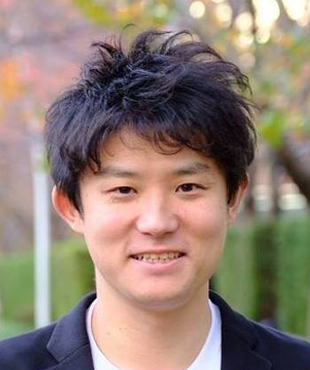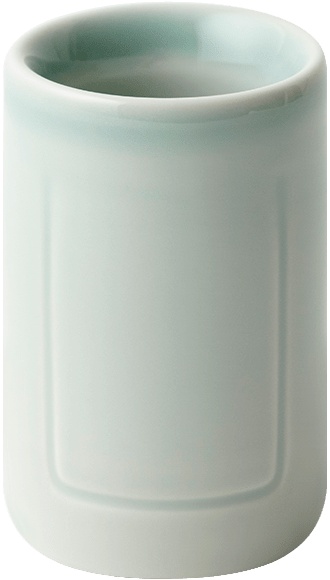
BRAND
IKKON's thought
Enjoying sake and sake cups
to the fullest.

Enjoying sake and sake cups
to the fullest.
Pursuing the confluence of sake and sake cups, we create a new sense of value aimed at those who want to enjoy sake deliciously. We will design a relationship between sake and sake cups in order to fully savor new ways of drinking sake, using cups, entertaining, and having fun, all the way down to the last drop.
IKKON‘s name comes from the Japanese word ikkon, meaning to have or treat someone to a cup of sake.

MESSAGE
Our feelings
PRODUCTION AREA
Ohorisomayaki Matsunagagama
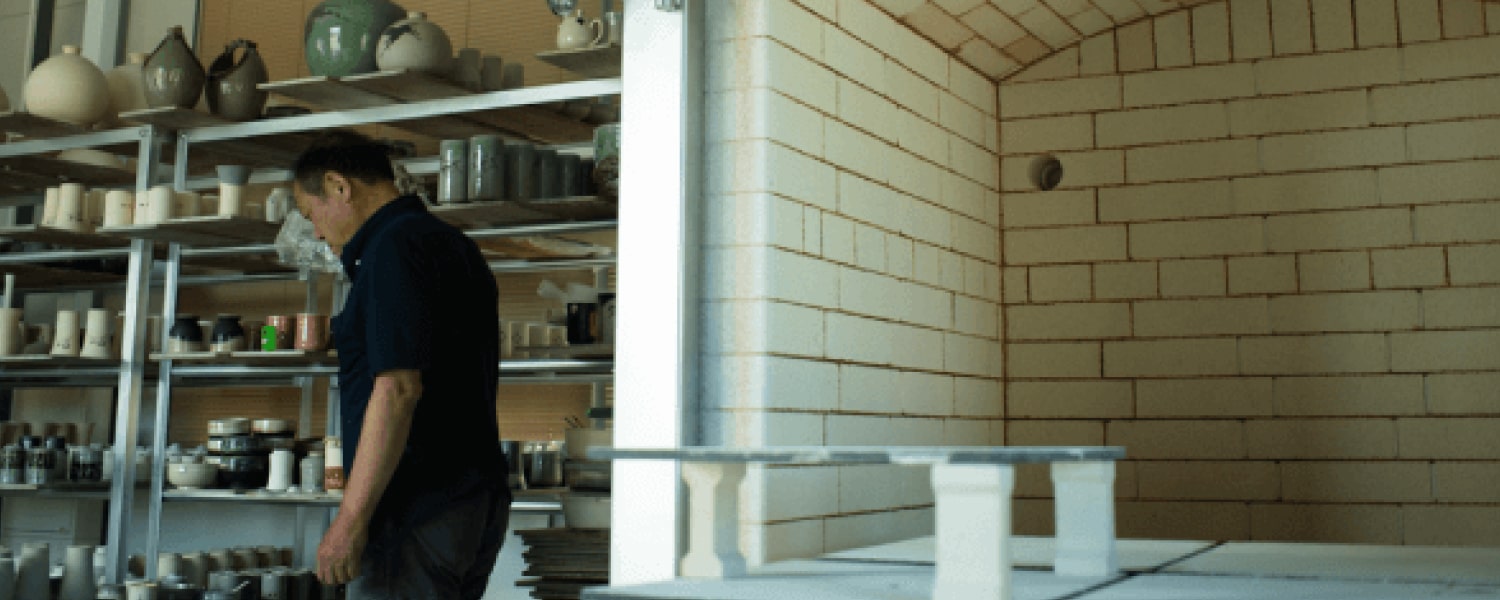

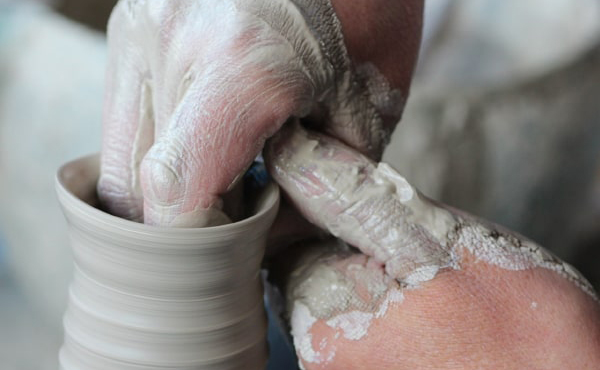
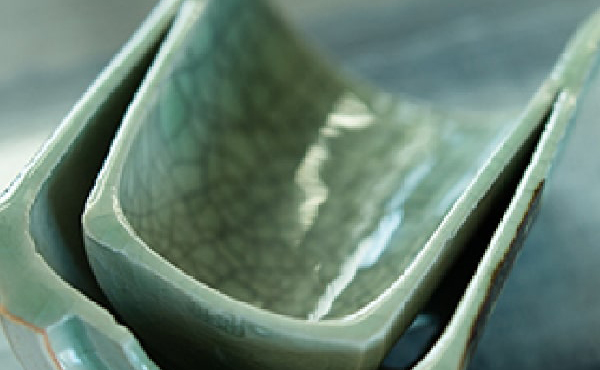
Obori Soma ware is a style of pottery produced in the former village of Obori, which is now part of the town of Namie in the Futaba district of Fukushima Prefecture. Its history spans some 350 years, dating back to the Edo period (1603–1868).
During the days of the Soma clan's rule over the area, this style of pottery was known as Soma ware. Since being designated by the government of Japan as a national traditional craft, it has gained widespread recognition under the name Obori Soma ware, Obori being the name of the place in which it is produced. In the production of Obori Soma ware, potter's clay from deposits in the Utsukushimori area of Namie is shaped by hand with the use of a potter's wheel. After the finishing touches are applied to the shape, the pottery is dried out of direct sunlight. Once the drying process is complete, the pottery is bisque fired. Each piece is then painted with an image of a galloping horse, which is one of the distinguishing features of Obori Soma ware. A glaze is then applied and fused to the pottery by glost firing. The unique dual-layered construction of Obori Soma ware maintains the temperature of hot liquids while also keeping the pottery cool to the touch on the outside, making it suitable for carrying hot water. Fukushima Prefecture was once home to roughly 25 pottery manufacturers. Many were forced to leave by the effects of the Great East Japan Earthquake of 2011. Today, there are around 10 potters who have rebuilt in Fukushima Prefecture. While keeping the region's pottery traditions alive, these artisans continue to create new products suited to the demands of day-to-day life, train the next generation, spread the word about their traditional craft to the world, and instill local pride with their craftsmanship.


PRIVACY POLICY
GATCH Inc. (hereinafter referred to as “the Company”) uses this website (hereinafter referred to as “this site”) to obtain personal information (affiliated company, name, postal code, address, e-mail address, telephone / fax number, other individuals) from the user. (Identifiable information) may be provided. We will handle these personal information provided by users of this site carefully in accordance with this policy, and strive to protect privacy.
1.Collection and use
To answer inquiries from users of this site, or within the scope of the purpose specified to the users in advance, We collect personal information of users. With regard to the personal information provided, we will not respond to inquiries or will provide explicit information when providing personal information, except in the case of using statistical / marketing data where the individual user cannot be identified. It will be used only for the purpose for which it was given.
2. Disclosure to third parties
We provide or disclose personal information of users provided on this site to any third party with the following exceptions. I will not.
When disclosing to our affiliated companies, subcontractors or business partners (sales agents, shipping companies, etc.) for the purpose of paragraph 1 above. If there is
Statistics in a state where the individual user cannot be identified
In the case of marketing data use
When based on the Personal Information Protection Act and other laws and regulations
3.Security
We store personal information provided by users of this site in a safe environment, and illegal intrusion, leakage, falsification, loss, destruction We take appropriate human, organizational, and technical measures to prevent the occurrence of such issues and strive for appropriate and careful management.
4. Disclosure / Correction / Deletion
Users who have registered their personal information on this site wish to disclose, correct or delete their personal information. In that case, please request from the inquiry or telephone.
(If you are requested, please specify what you want to inquire about, or specify whether you want to disclose, correct, or delete your registration.)
We will respond promptly within a reasonable range.
5.Improvement of this privacy policy
Our company will comply with relevant laws and regulations regarding the handling of personal information of users, and improve this policy as appropriate. . Therefore, please check this policy periodically.



